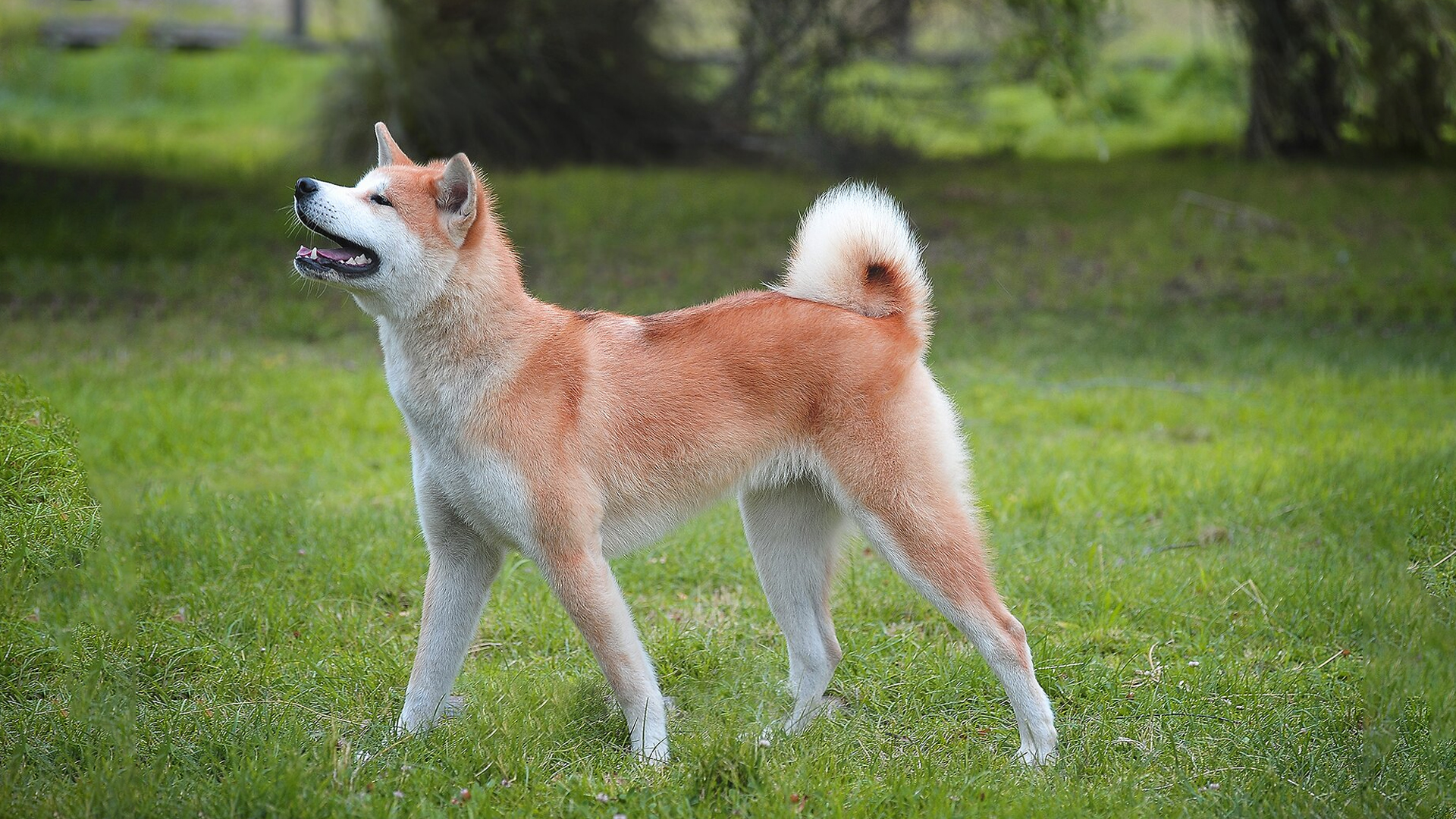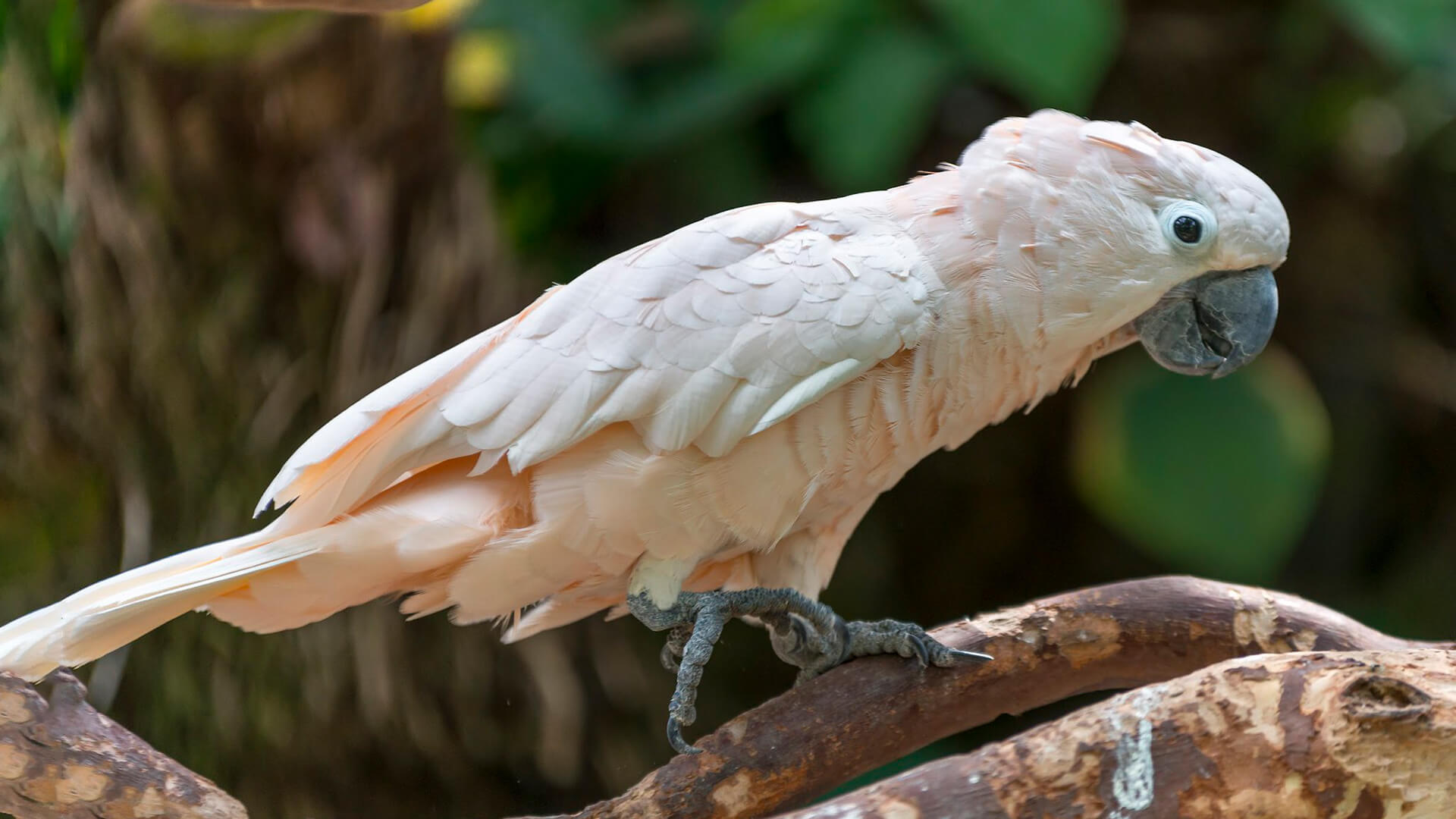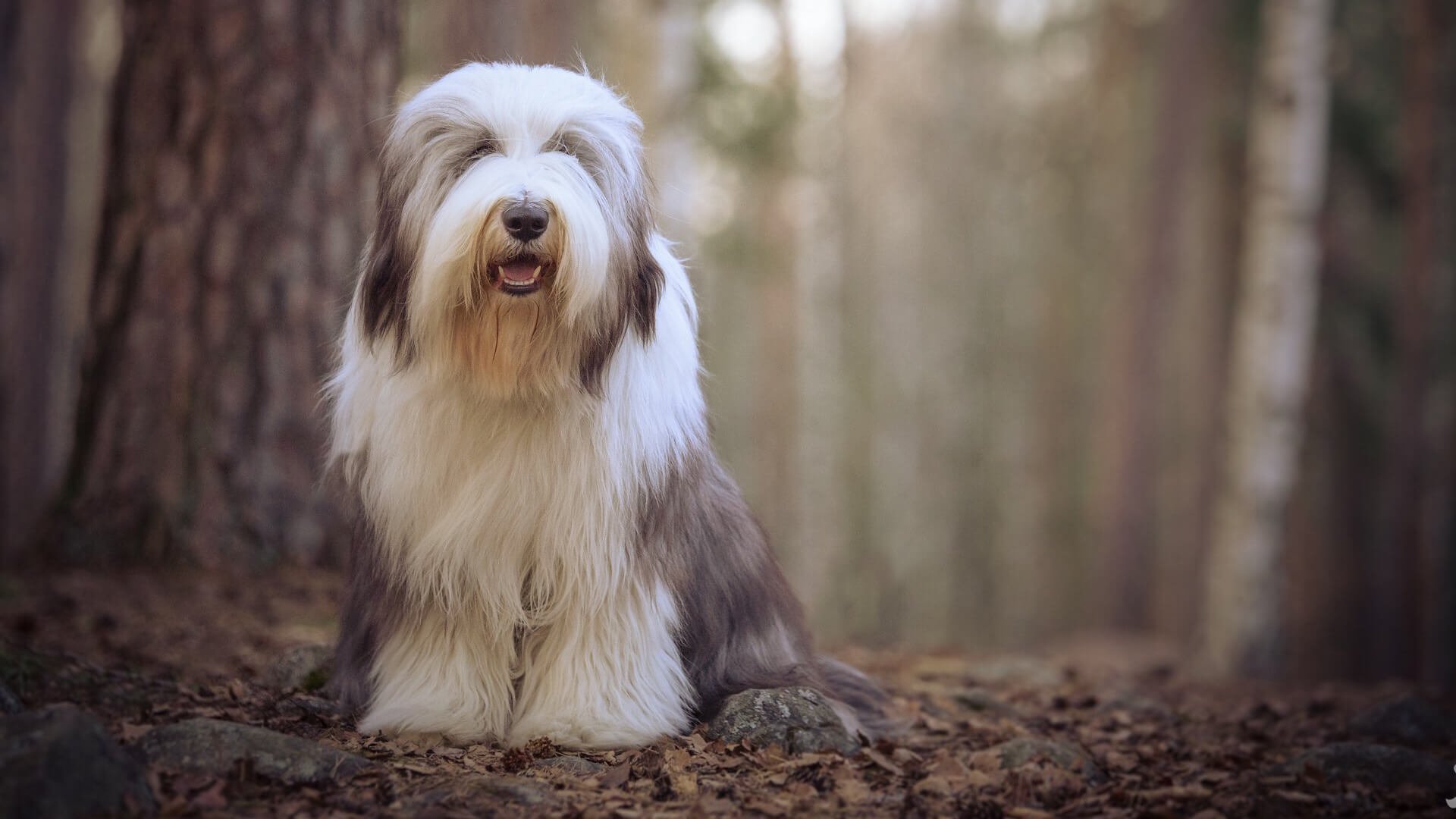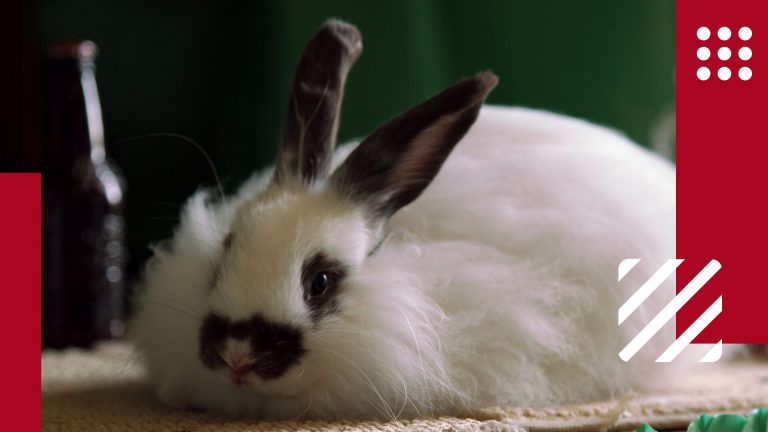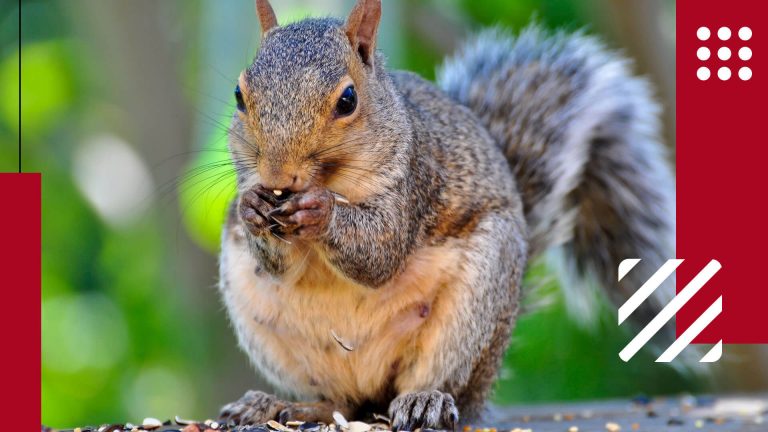Rodent Syrian Hamster or Golden Hamster is scientifically called Mesocricetus Auratus. This creature is quite common and the largest type among the hamsters. Nocturnal by habit, it is found in dry regions of northern Syria and southern Turkey. The Arabic name of this creature means mister saddlebags. Hamsters are short-sighted more so in pink-eyed ones. Thus, supervision is needed if let out of the cage.
Golden Hamsters find reference in the writings of British zoologist George Robert Waterhouse in 1839. The skin of this specimen is displayed in the Natural History Museum in London.
Distinctive Features of Syrian Hamster
| Scientific name | Mesocricetus auratus |
| Lifespan | 2-4 years |
| Color | Varies by breed, can be golden, brown, gray, or black |
| Size (inches) | 5-9 inches |
| Height | 2-3 inches |
| Weight | 4-8 ounces |
| Health risk | Low |
| Unique trait | Large cheek pouches for storing food |
| Famous for | Being popular as pets and for their solitary nature |
| Temperament | Territorial and aggressive with other hamsters, docile with humans |
| Maintenance | Low |
| Adaptability | Moderate; require specific habitat requirements and diet |
| Behavior | Generally good, but may bite if mishandled or frightened |
| Personality | Nocturnal and active |
| Social | Generally solitary |
The Syrian Hamsters are golden brown with a belly of a lighter shade. Selective breeding has brought about variety in hue, pattern, and hair length. The adult attains the length of 5-9 inches and weighs around 5 ounces. The longevity of life is 2-4 years. The creature has a dilatable cheeks receptacle which is adaptable from cheeks to the shoulder. In a natural habitat, the cheek pouches serve the purpose of carrying food to the burrows.
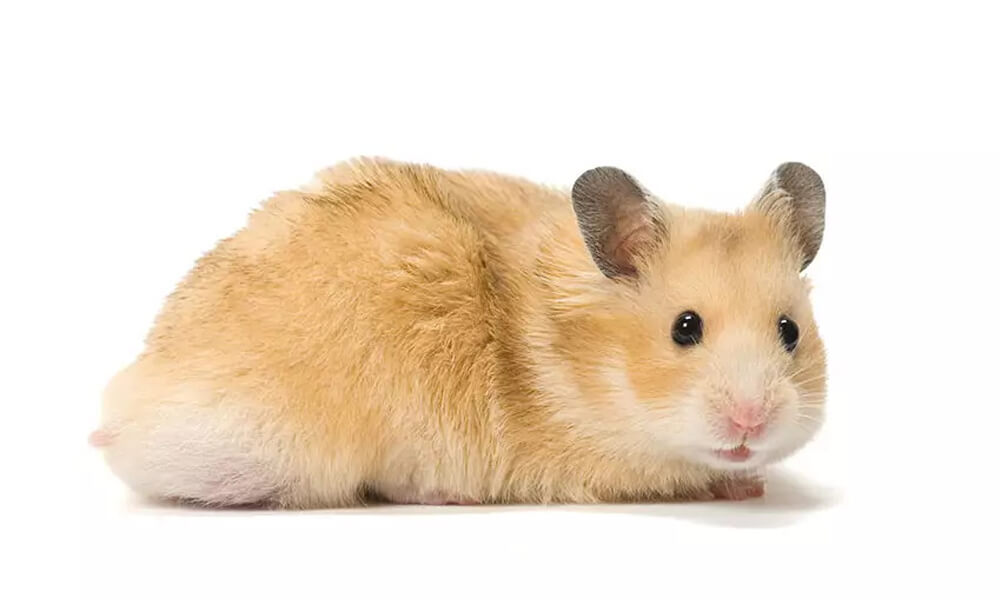
How to Take Care of Pet Syrian Hamster?
In the wild, the hamster feeds in the evening, stores food in its mouth, and eats at a comfortable place. They are omnivores. Most pet shops offer a specially formulated diet for these creatures. A small portion of fresh fruits and vegetables like broccoli, cauliflower, apples, and pears. Vitamin supplements are also to be fed. The introduction of food should be gradual and spread over 10 days to avoid stomach upset. Sometimes hardboiled eggs or feeder insects can form part of their diet.
A teaspoon of food each day is optimum and keeps away obesity. Preferably serve fresh food in the evening when the hamster comes awake and is wanting food. The rodent may wake up a couple of times in the daytime to eat. Once full it will again go back to sleep.
How to Setup Habitat for Pet Syrian Hamster?
The cage of the syrian hamster is best if it is 1 foot by 2 feet and a foot tall. The material could be wire on top and glass or plastic base. The wire cage is strong enough for airflow but not for drafts. Discard uneaten food. The cage should be protected from sunlight, draughts as well as direct heat. Make sure your pet is alone in the cage. Other hamsters are not compatible as they will get aggressive towards one another. Hamster can be toilet trained on a litter tray.
Essentials for the cage:
- Enclosure: There should be enough space for the creature to run and play. Put up single or more platforms, ladders, tubes, tunnels for activities. The bars of the cage should be at 12 mm for escape safety. Periodically wash the enclosure with soap and water. The enclosure with a fitted wire lid is perfect for the pet.
- Work out wheel: Hamsters in a normal course run almost 9 miles. A wheel keeps them occupied. Estimate the wheel size your pet is comfortable with. Most of the available cages are equipped with a juvenile wheel. As your pet grows change the wheel.
- House: Within the cage place a house so the pet can relax and sleep in it. Ensure it has a cave-like environment.
- Substrate: This base layer of 1.5 inches absorbs urine and is easy on footfall. So, use even out dust extract, and secure wood shavings. The hamster will make use of its instinct by burrowing and digging. Hay and straw are very coarse.
- Bedding: Spread the bedding in the house. The bedding should be such their limbs are safe and cannot be ingested. Give the option of two bedding materials. Cedar or pine as bedding is detrimental because of a strong smell. Wet spots are to be taken care of on regular basis. On weekly basis change the bedding. Use wool for nestling.
- Water bottle: the waterspout should be within reach. Fill it from time to time with clean water. Inspect for bottle cleanliness and water flow. You can use a shallow dish for water and as the hamster matures it will learn to drink through the dish.
- Food container: The animal prefers to scatter feeding. So spread the feed in the enclosure. In case you wish to place a bowl use stainless steel, or ceramic container.
- Wood chews: Hamster has hypsodont teeth. Biting is necessary to maintain healthy trimmed teeth. Give them different flavors and textures to chew. As you get familiar with the pet, the chew choice will become apparent.
- Feast: Allow this occasionally to prevent obesity. Mix it with the required nutrients and serve.
- Play items: Toys keep the rodent active and engaged. Wooden chew blocks are available. You can be creative by making cardboard toys so that they can chew and play. Be cautious in using nontoxic glue, inks, etc.
What are the Health Concerns of Pet Syrian Hamster?
Hamsters are sturdy rodents and do not easily fall sick. However, there are some general health issues that can occur because of:
- Wet tail: Hamster is likely to get a wet tail a kind of gastrointestinal infection that will manifest as diarrhea. Newly weaned babies are more susceptible. Accompanied other symptoms are lethargy, appetite loss. The cause is attributed to bacteria, stress, food, or unthoughtful handling.
- Mite: These rodents develop fur and ear mites more so if living conditions are unhygienic. Symptoms are itching and loss of fur.
- Overgrown teeth: This makes eating difficult leading to loss of weight. A vet mostly trims the teeth. It is advisable to give a chewable item to the hamster.
- Hibernation: If the living quarters are below 5 degrees C or 40-degree F the creature will experience false hibernation. Outwardly they may look asleep or dead. The temperature should be increased slowly. Place the hamster on a layered heat pad or hot water bottle. Consult a vet.
- Stuffed cheeks: Hamster keeps food in cheek pouches. If the hamster looks constantly with stuffed cheeks, then medical attention is needed. Sharp pieces of food may pierce the pouch. If there is an infection antibiotic is prescribed.
What People Are Reading:
Frequently Asked Questions Related to Pet Syrian Hamster
Some of the generally asked questions about Pet Syrian Hamster are answered below.
Is it a Good Pet?
Hamsters make incredibly good nippy pets. They are passive, curious, appealing, and easy to cuddle. Infrequent or awkward touch may get you a nip. So do not squeeze, shake, and jolt the creature. Do not wake it up to play. Give time to make the hamster comfortable. Make eye-level contact. However, they have individual personalities. The bond between humans and hamsters is not a strong one but it relaxes on the palm or the shoulder.
Never pick it by the scruff of the neck. Talk to your pet so your sound becomes familiar. Spend time with your pet to tame it. If communication is suspended the rodent will need resocialization. Care is easy.
Children above the age of 6 years can handle it under adult supervision. Young hamsters take time to get accustomed to. Being prey animal emphatic sound, sudden movements, or touch will get jumpy reactions from them. Get a 4–8 week old young for your pet. Ensure that males and females had a relationship and separated. They should not be kept in pairs.
Do Syrian Hamsters Bite?
Hamster seldom bites more so if you are known from a young age. Do not startle the creature. Sometimes in pain or shock, it may nip.
What Hamster is Better Syrian or Dwarf?
Syrian hamsters are not so active as dwarf hamsters. Thus, as a pet, it is more relaxing to rear it up.
What Type of Hamster is Best for Beginners?
The known variety of hamsters are sixteen. Not all can be kept as pets. Syrian hamsters are the best choice for the family because of their habits of communication and upkeep.

